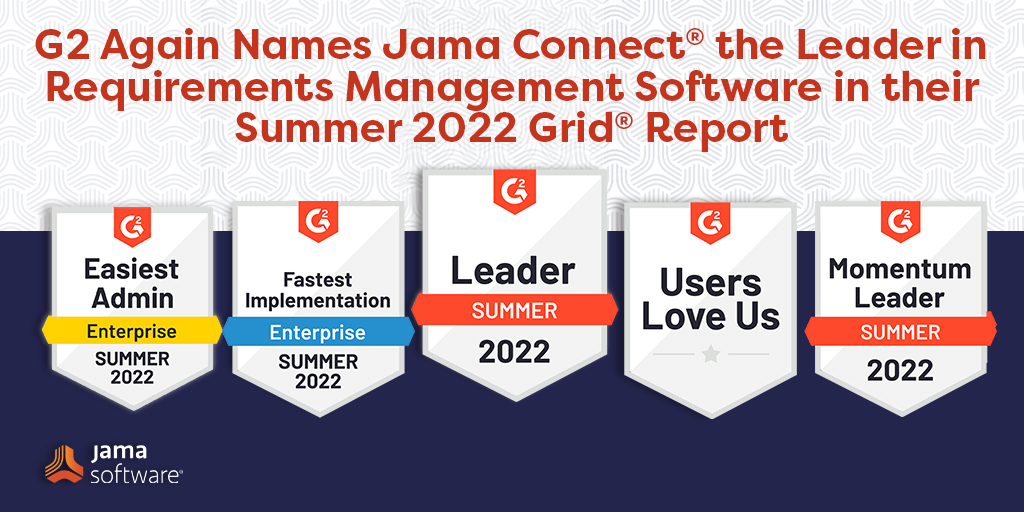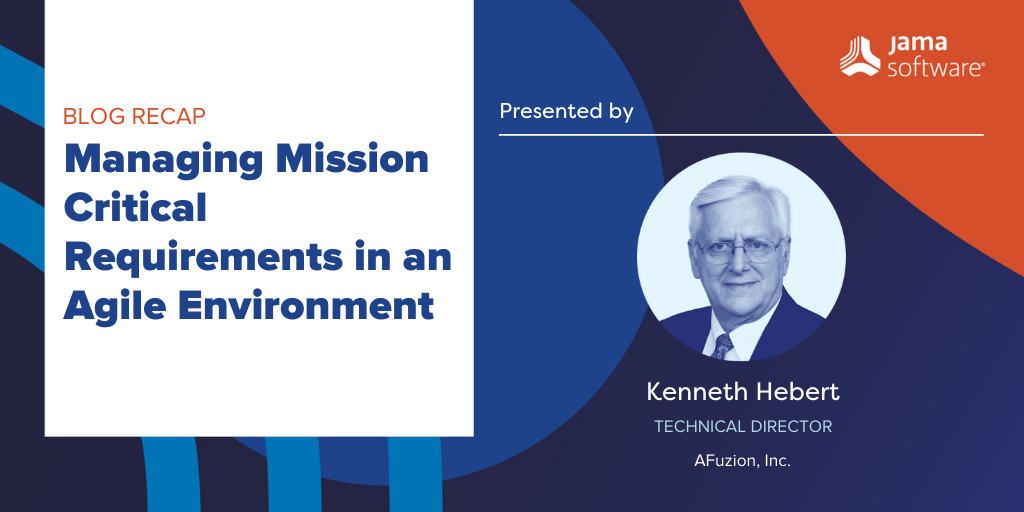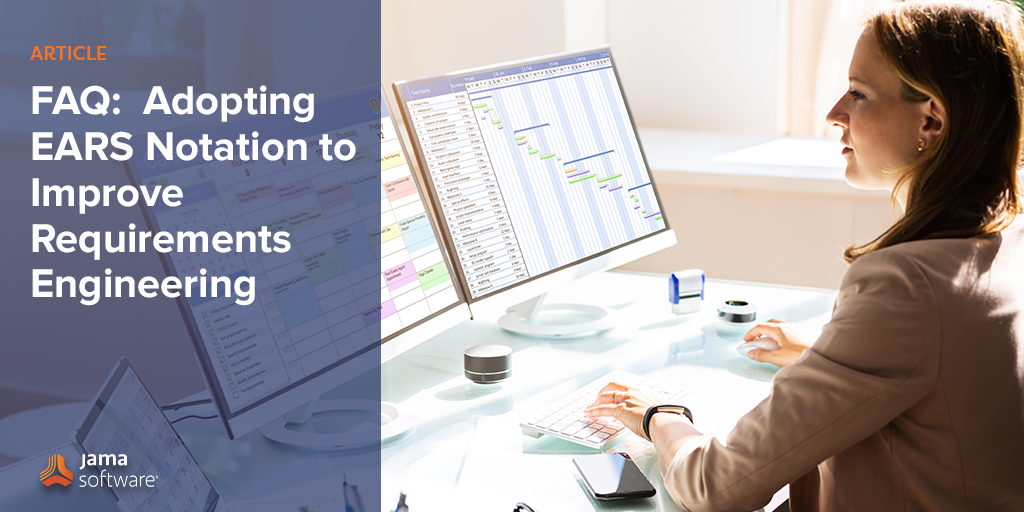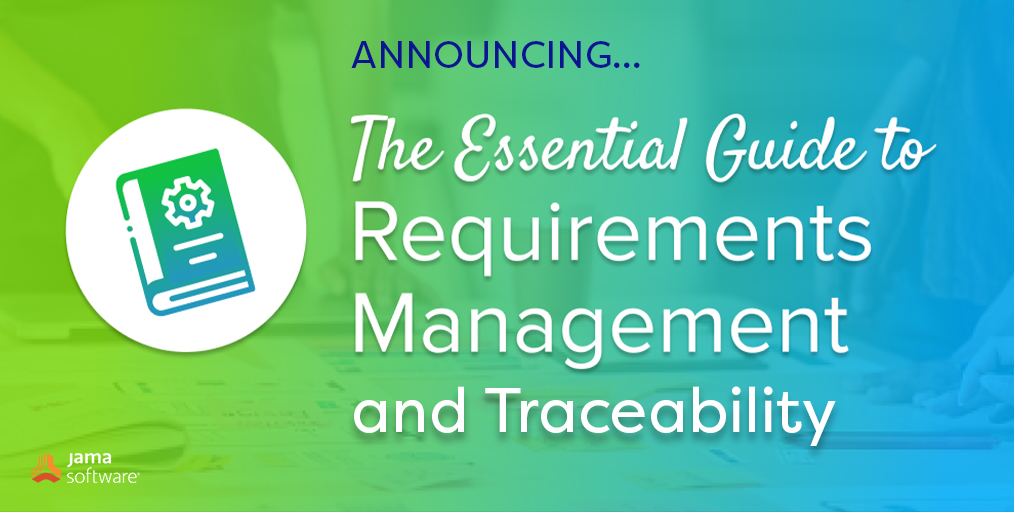![[Webinar Recap] Best Practices for Leveraging Systems Thinking in MBSE [Webinar Recap] Best Practices for Leveraging Systems Thinking in MBSE](https://www.jamasoftware.com/media/2025/10/Systems-Thinking-in-MBSE-1.png)
This blog recaps a section of our recent webinar, to watch the entire presentation, visit Best Practices for Leveraging Systems Thinking in MBSE
Best Practices to Simplify MBSE: Unlock the Power of Systems Thinking
Model-Based Systems Engineering (MBSE) is transforming how organizations manage complexity in modern engineering projects. Yet, successful integration with existing tools and workflows can be challenging. By applying systems thinking, you can gain a holistic understanding of interconnected systems and adopt proven strategies to streamline your engineering processes.
Join a 1-hour webinar featuring INCOSE expert David Long, Director of Strategic Integration at INCOSE, and Aimi Langberg, Senior Solutions Consultant at Jama Software. They will share expert insights and actionable techniques to help you adopt MBSE with confidence.
In just one hour, you’ll learn:
- How systems thinking enhances decision-making and problem-solving in engineering
- Practical steps to transition from document-based processes to a unified model
- Proven strategies for aligning MBSE with industry best practices
- The role of AI in advancing systems engineering and MBSE adoption
- Expert tips for integrating these approaches into your workflows
The Video Below is a Preview of This Webinar.
To Watch The Entire Presentation, Visit Best Practices to Simplify MBSE: Unlock the Power of Systems Thinking
TRANSCRIPT PREVIEW
Aimi Langberg: My name is Aimi Langberg, and I’m a Solutions Consultant for Jama Software. To start off today, I have a very special guest to chat with me about systems thinking. David Long is an internationally recognized leader in systems engineering, with over 30 years of experience advancing and advocating for best practices across government and commercial organizations. Founder of Vitech and now president of Blue Holon, he has developed industry-leading MBSE methods and tools to help teams navigate digital transformation. As an INCOSE fellow and past president, David will be able to provide the framework for us to reference as we talk about concepts and application today. I’ll be back to continue our presentation after the interview. Hi David. Thanks for taking the time to talk with me. I’m excited for this opportunity.
David Long: Pleasure, Aimi. So am I.
Langberg: Great. You’ve been advocating and teaching about these concepts for a long time. And as organizations move from traditional document-based methods, I have found it really does require a mindset, like a total shift in mindset, to be successful. So, how do you define systems thinking, and what core principles are the most essential for effective engineering?
Long: I appreciate you starting it that way, Aimi, because systems thinking is the thought process that underlies systems engineering. So if you don’t go back to the core, you’re not going to get the model based right. So for me, systems thinking is all about focusing on the whole, the big picture, whereas we’ve been taught analytical thinking, which focuses on the parts in deep detail. So when you’re doing systems thinking, you’re looking at the whole, at the interactions, at the interrelationships between ideas and concepts, and you’re thinking dynamically across time because things aren’t static. In terms of core principles that you’ve got to apply when you’re looking at the system’s thinking, it’s the wholism, it’s the big picture. As Stanley McChrystal once wrote, you can’t understand a part without at least a rudimentary understanding of the whole. You can only make good decisions about the part if you have the context of the whole. Then you’ve got the interconnectedness, which is ever-increasing because of today’s technologies. The electronics and software that empower today’s products mean that really every piece is interconnected with every other piece.
I mentioned that, thinking dynamically across time, there are feedback loops. How are things changing? Go back to thinking that we did in school with predator-prey relationships. As prey populations rise, predator populations rise. As predator populations rise, prey populations fall. What are those feedback loops that are going on in our systems? And then the positive idea of emergence and the negative idea of unintended consequence. If you disassemble an airplane, it won’t fly. It’s only the engines working with the wing to provide lift, working with the fuselage to provide structure, and with the controls that will allow you to fly. But then that’s the positive emergence. What’s the negative emergence, the unintended consequences that we haven’t thought of? So those are the core principles that I think of when I start talking about systems thinking.
Langberg: That’s really helpful. And I like these unintended consequences. The idea of mentioning that, because we always talk in engineering about the unknown unknowns, and that’s kind of what this goes back to. What are some common misconceptions you encounter about MBSE or the systems thinking approach?
RELATED: What is MBSE? Model-Based Systems Engineering Explained
Long: So at the systems thinking level, the first thing that I’ll say, and it’s not a misconception, but we can fall into the trap, it’s the idea that systems thinking is more important than analytical thinking. The reality is that we need both. We need the big picture thinking that looks at the interactions, but also we need to do really good deep analytical thinking. And the other idea at systems thinking level is that somehow systems thinking is a skill that’s limited to the few. I’m a big believer that we’re actually born tuned towards systems thinking. If you look at a two-year-old or a three-year-old, they will frequently ask why? Why? Why? What they’re trying to do is to connect how things work. They’re looking for those interactions, those relationships. Western education actually takes us and makes us deep analytical thinkers. Now that’s good, that’s a lot of technological advance, but we have to re-prime that system’s thinking pump.
So we all have the capability if we tend to it. If we shift then and look at MBSE as we’re implementing SE today, the first myth is that somehow MBSE is different than systems engineering. It’s not this different thing. It’s a modern approach taking advantage of today’s technologies. Second myth would be that MBSE equals SysML or any other notation, any other language. The reality is MBSE is all about leveraging today’s digital capabilities. The unprecedented computing power, the unprecedented storage capability that we have to better represent and analyze the systems that we’re trying to build. We can be more explicit, more coherent, and more consistent, and we can leverage that computational power to simulate before and during the build to deliver better results. So MBSE is just SE done in today’s environment with today’s technologies.
Langberg: I like the way you described that because I agree, I’ve encountered that misconception as well about trying to equate to the system SysML. It’s not about a language, a modeling language; it’s about us all speaking the same language as far as SE goes. And that’s what I think MBSE is often trying to bring in to the technology.
Long: And one of the challenges there, Aimi, is that systems engineering is still as much of an art and a craft as it is a formal discipline. And so MBSE is forcing us to mature the principles and understand the underlying foundation. And that’s why it can sometimes feel like it’s different than SE, it’s why sometimes SysML can be confused with BEAN MBSE, but if we’ll recognize that we’re maturing the practice as we go digital, I think that helps the journey.
Langberg: And that’s one of the big topics all the time is about how do we do these digital transformations. Are organizations doing enough to foster systems thinking? As we move towards these transformations, are there simple techniques to get started or ideas you have at the grassroots level?
RELATED: A Path to Model-Based Systems Engineering (MBSE) with Jama Connect
Long: So I would argue that traditional organizations are not doing enough to really foster systems thinking. A traditional organization is built on an industrial mindset, the mindset that allowed us to do factories. And that’s a mechanistic mindset which says if each of you will do your bit part, then the whole thing will assemble and work. And if we’re working simple problems, precedented problems, if we’ve mastered the design and we’re building a million of these cogs, that works. But that’s not what we’re really doing. We’re doing things that are more complicated and more complex.
So I think organizations need to promote big picture thinking. I think they need to not only communicate what it is they want somebody to do, but what the context is for that work, and what the greater context is for what the organization is delivering. If we seek to understand not only the solution that we’re building, but the problem we’re trying to solve, that yields fresh insights from the problem space and actually allows each of us as specialists to bring our knowledge to say, oh, that’s what you’re trying to do. Well, there’s this interaction that we haven’t thought about or have we tried thinking about this.
Now, if you go back in time, we had integrated product teams. That’s a simple starting point. Empower those integrated product teams with an understanding of context and problem and get them to collaborate across bounds, and you’ll get better systems thinking. If we talk about what can I do as an individual, what if my organization is not pushing this? Well, rather than just focusing on the processes that we do, focus on why we’re doing what we’re doing. What’s this problem that we’re trying to solve? How are we trying to solve it? And then what are we doing? That understanding of larger context of relationship and dependencies are really important. What you’re building, what’s it connected to? When you’re building what you’re building, who are you dependent upon, and who’s dependent upon you?
And the last thing that I’ll say here is there’s a very simple technique out of business analysis that’s helpful here, and it’s called SIPOC, S-I-P-O-C, and it stands for supplier; understand who’s feeding you stuff. Inputs: What are the inputs to you or the inputs to what you’re building? Processes; that’s what you’re doing, that you’ve got through analytical thinking. Outputs: What are you generating? And then customers or consumers, who is consuming that? And if you individually think about SIPOC for what you’re building and you how you’re building it, you’ll be better connected and you’ll start to foster at least a systems thinking understanding of your part of the puzzle.
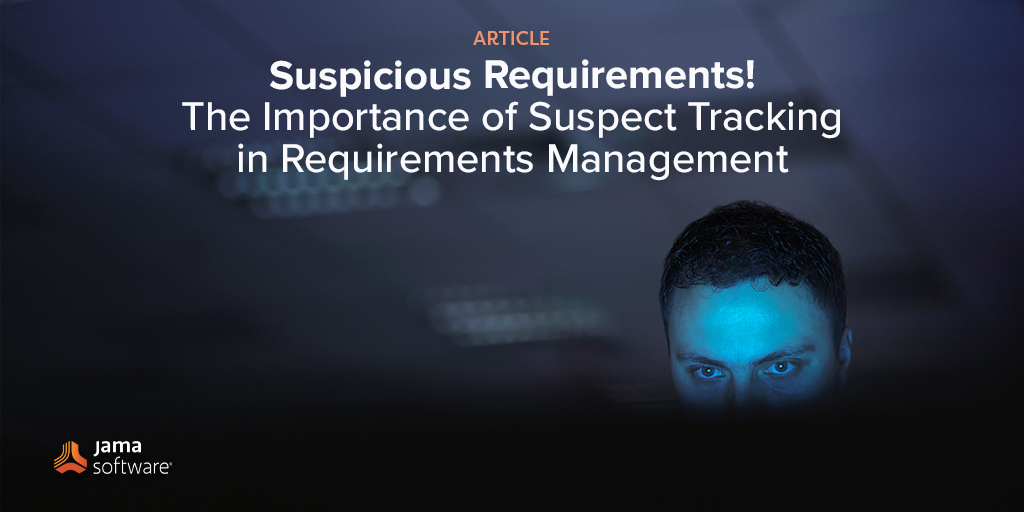

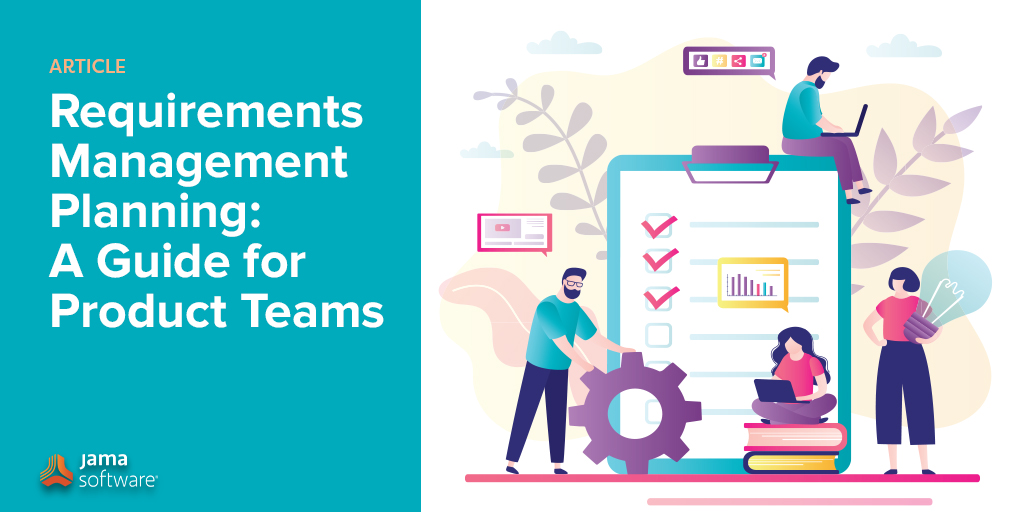

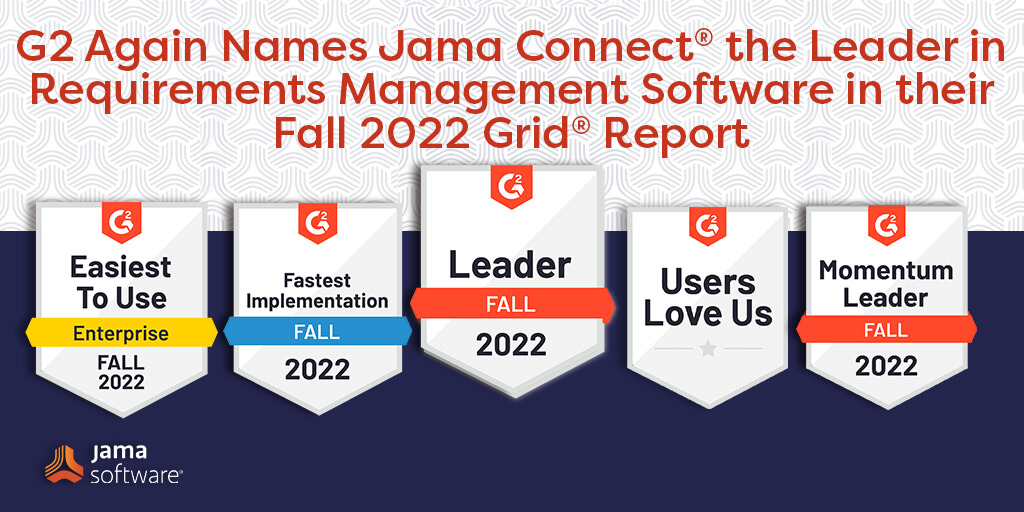
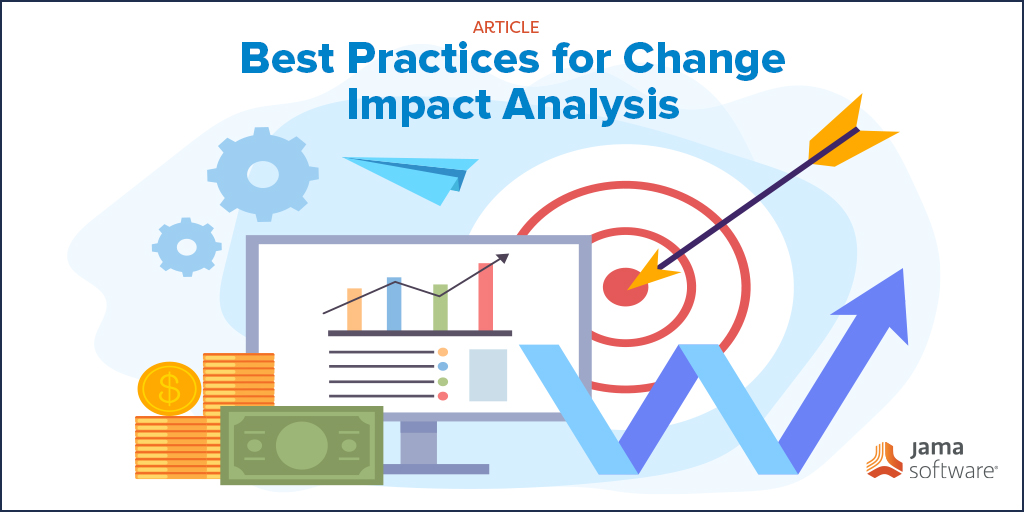

![[Webinar Recap] Driving Business Outcomes with Jama Software’s Success Programs [Webinar Recap] Driving Business Outcomes with Jama Software’s Success Programs](https://www.jamasoftware.com/media/2022/07/WB-2022-07-21_Driving-Business-Outcomes-with-Jama-Connect-1.png)
